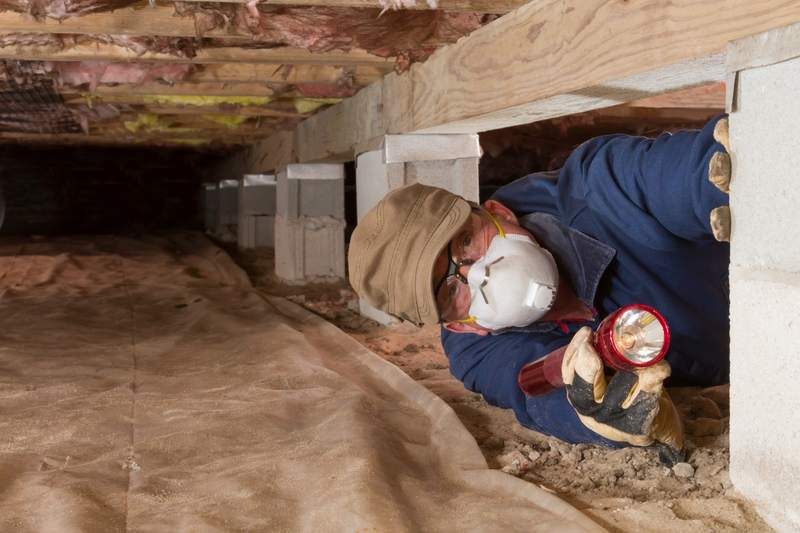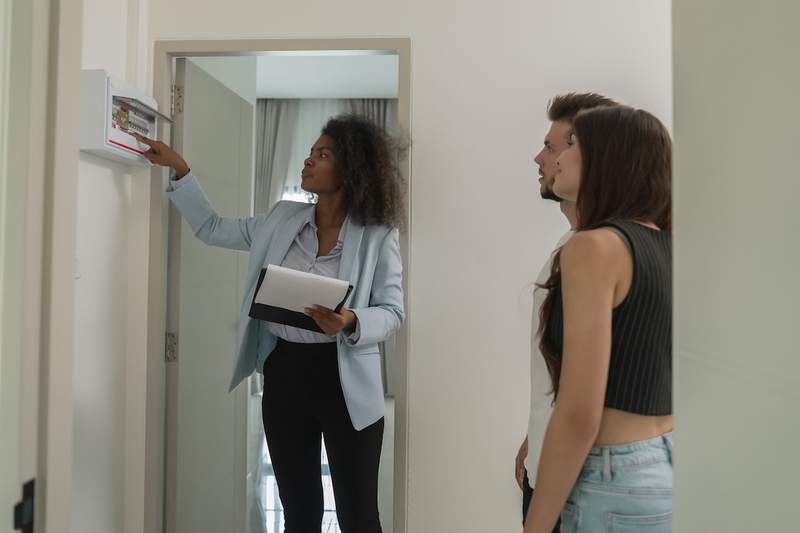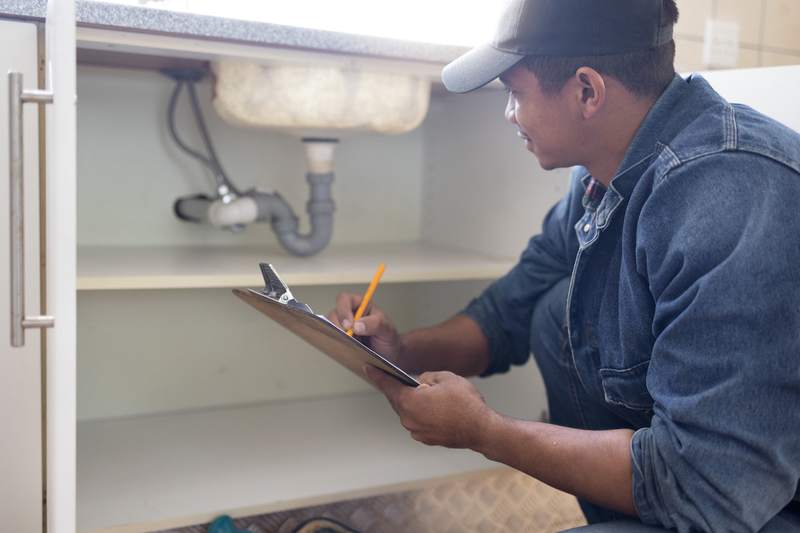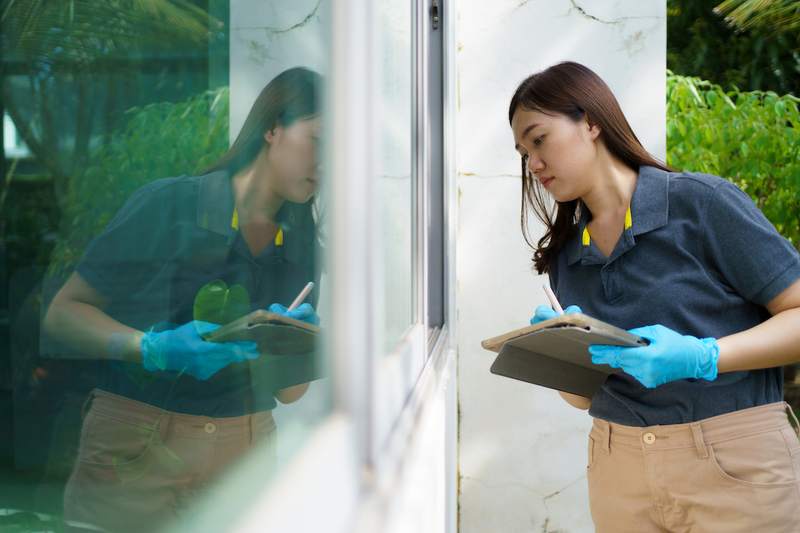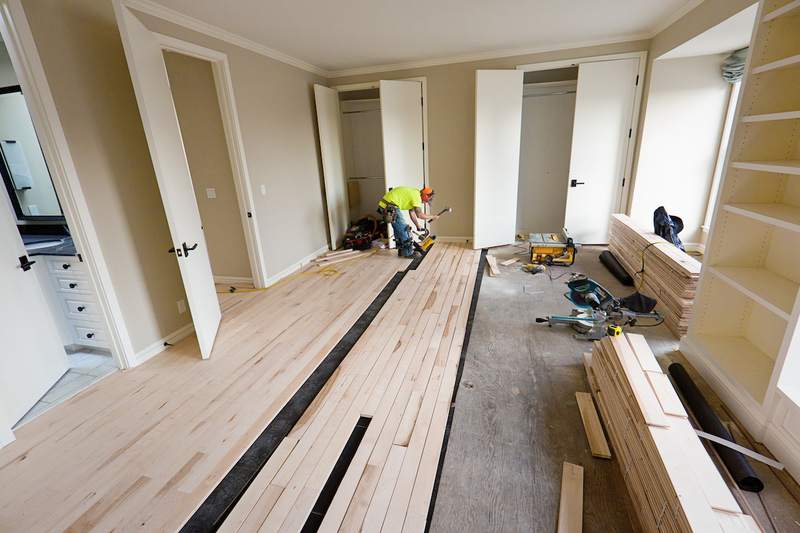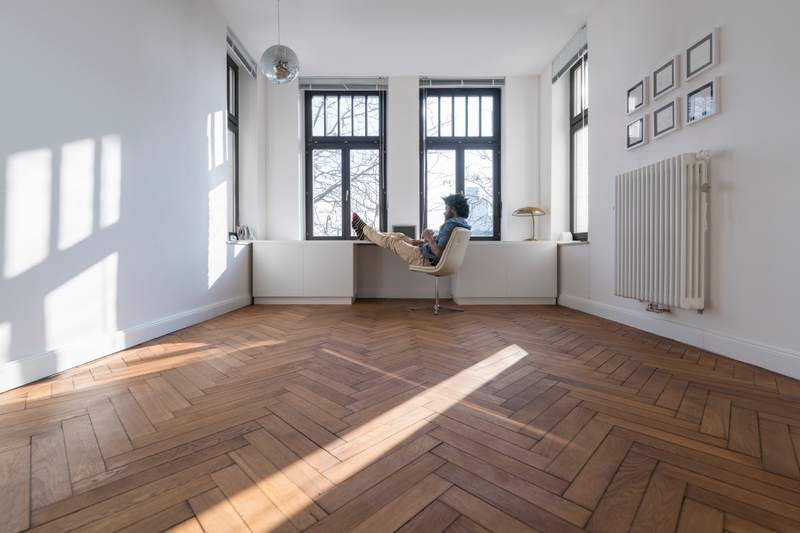
Knowing what’s included in a home’s square footage can help sellers set an accurate asking price for their property and inform your homebuying decisions. If you’ve toured homes with basements, attics, mother-in-law suites, or other unique features, you might be curious about what is included in the square footage of a house.
Square footage is important when figuring out the size and value of a property. It refers to the livable and finished areas of a home — essentially, it’s where people spend the most time. Depending on local and state regulations and real estate practices, certain parts of the home won’t be included.
Qualifications for Square Footage
Areas of the home must meet certain standards to be counted as square footage. Those guidelines depend on local or state laws and home appraisal standards.
“Basements, crawl spaces, and unfinished areas are typically not included in the gross living area unless they meet certain criteria established by the applicable guidelines,” says Minhao Mike Qiu, owner of Good As Sold Home Buyers in the Seattle area.
Some of these criteria include how to calculate a home’s square footage. Here’s a look at qualities a space must have to count toward square footage.
Finished
For a space to be finished, it needs to be remodeled or built with regular use in mind. For government-sponsored enterprises Fannie Mae and Freddie Mac, the space must also have a ceiling height of at least 7 feet. Other appraisers may use different standards to determine if a space qualifies as finished.
Livable
A livable space means the area is up to local codes. These codes require things like heating and cooling elements, structural integrity, fire safety measures, plumbing systems, and electrical wiring.
Above-grade
Parts of a home that are totally aboveground — as opposed to partially or fully underground basements — are called above-grade.
It’s common for institutions to only consider above-grade square footage when calculating a home’s total square footage. For example, Fannie Mae and Freddie Mac require a space to be above-grade to count as square footage.
Attached to the primary home
In most cases, the space must be attached to the primary home to count toward square footage. Sheds and detached garages generally will not count. But if you’re looking at a home with an accessory dwelling unit, the ADU will likely count toward the home’s square footage because it’s finished, livable, and above-grade. However, attached ADUs typically are more valuable square footage than detached ones.
What Counts as Square Footage?
Livable rooms and features connected to the main house will count as square footage, such as living rooms, bedrooms, and bathrooms. Other elements, like closets and stairs, may result in a more complicated answer — but they’ll sometimes count too.
Spaces that are typically included in a home’s square footage include:
- Bedrooms, dining rooms, living rooms, and kitchens. Core parts of the house are considered part of its square footage.
- Stairs. According to Fannie Mae, staircases count toward square footage unless they go below-grade, such as leading down to a basement.
- Closets. As long as they meet state guidelines, closets always count toward square footage.
- Hallways. In most cases, a hallway will count toward the total square footage of a home.
- Four-season sunrooms. “Four crucial features differentiate finished square footage: walls, floors, ceilings, and the potential to inhabit the space all year round,” says Kerry Sherin, a consumer advocate at Ownerly, a home valuation company based in New York City. “That’s why a four-season sunroom — equipped with walls, a floor, a ceiling, and heating — qualifies for inclusion in the total square footage of a home.”
- Attached mother-in-law suites. If the suite is attached and therefore accessible from the main home, it will count as square footage as long as the space meets other common requirements.
- Bathrooms in the home. Above-grade bathrooms that are in the main home will be counted.
What Doesn’t Count as Square Footage?
Square footage normally doesn’t include unfinished basements or attics, decks or patios that are open to outside air, or any land surrounding the house.
According to Fannie Mae and Freddie Mac, parts of the home that are partially or totally underground, as well as those that aren’t finished, won’t be considered square footage by their appraisers.
Here’s a list of some common areas of the home that don’t count toward square footage:
- Unfinished basements. “If the basement does not meet requirements or is an unfinished space, like storage rooms or laundry rooms with low ceilings, then typically it will not be included in total square footage calculations,” Sherin says.
- Unfinished attics. Space above the home’s main quarters that’s used for storage or not refinished for everyday living might not be considered livable. If that’s the case, it won’t count as square footage.
- Patios. Since patios don’t usually meet the same livable standards as home interiors, they’re often not counted toward a home’s square footage.
- Balconies. A balcony isn’t a covered or livable space, so it won’t count as square footage.
- Detached mother-in-law suites. Generally, according to Fannie Mae, structures not attached to the main home won’t be counted as square footage.
- Detached pool houses. While pools can add to the value of a home, a detached pool house probably won’t count as square footage because it isn’t part of the main home.
- Detached storage areas. Storage areas that aren’t attached to the main home don’t count as square footage.
Gray Areas When It Comes To Square Footage
On the surface, it might seem like finished features should be included in the calculation of total square footage. But there are several areas that may or may not count toward square footage, depending on whom you ask. These include:
- Finished basements. If a basement is converted into a livable space, it may count toward a home’s square footage. However, the final decision still depends on rules set by Fannie Mae and Freddie Mac, local and state laws, and real estate practices.
- Finished attics. According to the 2018 International Residential Code, attics must meet height and exit requirements to count as square footage. Fannie Mae won’t consider an attic finished unless the ceiling is at least 7 feet high.
- Garages. “Appraisers typically measure the exterior dimensions of the house, excluding any unheated spaces like garages,” says Justin Jones, chief operating officer at Max Home Cash, a homebuying company in Philadelphia.
- Bathrooms that aren’t in the main area of the home. If a bathroom is detached from the home, or if it’s in a space like the garage or basement, it’s unlikely that the bathroom will be considered in the gross living area.
How Is Square Footage Measured?
The Appraisal Institute and institutions like Fannie Mae set standards for how to measure homes, including whether to measure from interior or exterior walls. In general, calculating an area’s square footage just means multiplying an area’s length by its width.
How Does Square Footage Affect Mortgages?
Before you can get approved for a mortgage, lenders will require an appraisal as part of the underwriting process to confirm the market value of the home. During an appraisal, a professional appraiser offers an opinion on the home’s market value. Since square footage is a major component considered in the home appraisal process, it affects the buyer’s mortgage.
If a home has less square footage than expected and appraises for a lower amount, it’ll be difficult to get a loan large enough to buy it. If this happens, you’ll either need to reapply for a smaller loan or cover the difference out of pocket.
FAQ
Here are the answers to frequently asked questions about square footage.






